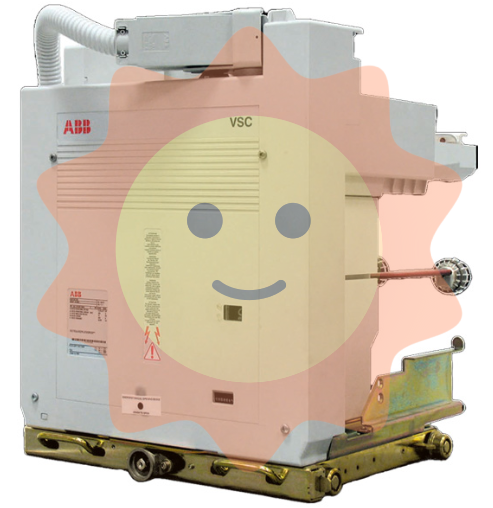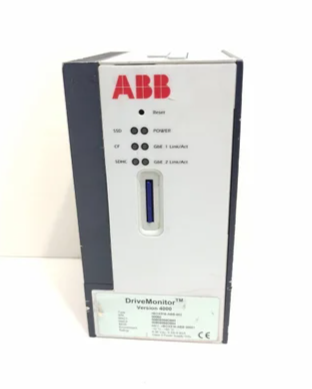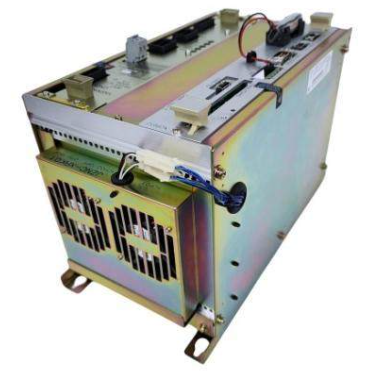Sewage treatment 9 water quality indicators and meaning!
1.BOD5
Average sewage concentration/(mg/L) 200mg/L
Shorthand for biochemical oxygen demand, representing the amount of dissolved oxygen in water consumed by 5d microorganisms oxidizing and decomposing organic matter at levels 20. The first stage is carbonization (C-BOD) and the second stage is digestion (N-BOD).
The significance of BOD: A. the amount of organic matter decomposed by biological energy oxidation; b, reflect the pollution degree of sewage and water bodies; c, determine the effect of the treatment plant; d, for treatment plant design; e, sewage treatment management indicators; f, emission standard indicators; g, water quality standard indicators.
2.CODMn / CODCr
Average sewage concentration/(mg/L) 100mg/L 500mg/L
chenical oxygen demand: KMnO4 and K2Cr2O7. COD determination is simple and rapid, is not limited by water quality, can be determined containing biological toxic industrial wastewater, is a substitute index of BOD. You can also think of it as the amount of reduction.
CODCr can be approximately regarded as the total organic matter content, the difference of CODCR-BOD represents the organic matter that is difficult to be decomposed by microorganisms in sewage, and the ratio of BOD/ CODCr represents the biodegradability of sewage. When BOD/ CODCr ≥0.3, the biodegradability of sewage is considered to be good. When BOD/ CODCr < 0.3, it is considered that the biodegradability of sewage is poor, and biological treatment is not suitable.

3.SS
Average sewage concentration/(mg/L) 200mg/L
suspended soild (short for suspended soild), suspended matter in water is determined by a 2mm sieve, and the substance trapped by a glass fiber filter paper with a diameter of 1μm is SS. Alternate substances are present in both the filtrate (dissolved substance) and the trapped suspended matter, but most believe that colloidal substances are trapped in the filter paper as well as the suspended matter.
4.TS
Average sewage concentration/(mg/L) 700mg/L
total solid - the amount of water that remains after evaporation and drying. The mass of dissolved matter is equal to the evaporation residue minus the mass of suspended matter.
5. Caustic soda (VTS) (VSS)
Average concentration of sewage/(mg/L) 450mg/L 150mg/L
Evaporative residues or suspended substances volatilized at 600±25 after 30 minutes of high temperature, indicating the amount of organic matter (the former is VTS, the latter is VSS), the difference in the reduction of the evaporation residue is called the burning residue, indicating the inorganic part.
6. Total nitrogen Organic nitrogen ammonia nitrogen nitrite nitrogen nitrate nitrogen
Sewage average concentration/(mg/L) 35mg/L 15mg/L 20mg/L 0mg/L 0mg/L 0mg/L
Nitrogen is recycled in nature in various forms. Organic nitrogen, such as protein hydrolysis to amino acids, is decomposed into ammonia nitrogen under the action of microorganisms, and ammonia nitrogen is transformed into nitrite nitrogen (NO2 -) and nitrate nitrogen (NO3 -) under the action of nitrifying bacteria. In addition, NO2 - and NO3 - are converted to N2 under anaerobic conditions under the action of denitrifier bacteria.

Total nitrogen = organic nitrogen + inorganic nitrogen
Inorganic nitrogen = ammonia nitrogen + NO2 - + NO3 -
Organic nitrogen = protein nitrogen + non-protein nitrogen
Kjeldahl nitrogen = organic nitrogen + ammonia nitrogen
Nitrogen is an indispensable element for bacterial reproduction. When the amount of nitrogen in industrial wastewater is insufficient, it is necessary to supplement nitrogen artificially in biological treatment. On the contrary, nitrogen is also one of the elements that cause eutrophication pollution of water.
7. Total phosphorus Organic phosphorus inorganic phosphorus
Sewage average concentration/(mg/L) 10mg/L 3mg/L 7mg/L
There are more phosphorus in feces, detergents and fertilizers. Inorganic phosphorus salts such as phosphate, polyphosphate and polyphosphate and organic phosphate compounds such as phospholipid exist in sewage. Phosphorus, like nitrogen, is also an essential element for biological treatment of sewage.
8.PH value
The average sewage is 6.5~7.5
The PH value of domestic sewage is about 7, and the PH value of strong acid or strong alkaline industrial wastewater discharged into the water changes; Abnormal PH values or large variations in PH can affect biological processing effects. In addition, when using physicochemical treatment, PH value is an important operating condition
9. Alkalinity (CaCO3)
Average sewage concentration/(mg/L) 100mg/L
Alkalinity indicates the ability of sewage to neutralize acids and is usually expressed as the CaCO3 content. The alkalinity of Ca (HCO3) 2 and Mg (HCO3) 2 is mostly in sewage, and the alkalinity is high and the buffering capacity is strong, which can meet the alkalinity consumption of sewage nitrification reaction. It can buffer acidification caused by overload operation in sludge digestion, which is conducive to the stability of digestion process.
In addition to the above indicators, there are activated sludge indicators, such as: MLSS (concentration of suspended solids in mixed liquid), MLVSS (concentration of volatile suspended solids in mixed liquid), SV% (sludge settling ratio), SVI (sludge volume index), SDI (sludge density index), Ns(sludge load), Fr(volume load), organic load, mud age, etc., to judge the activity and survival of sludge.
- EMERSON
- Honeywell
- CTI
- Rolls-Royce
- General Electric
- Woodward
- Yaskawa
- xYCOM
- Motorola
- Siemens
- Rockwell
- ABB
- B&R
- HIMA
- Construction site
- electricity
- Automobile market
- PLC
- DCS
- Motor drivers
- VSD
- Implications
- cement
- CO2
- CEM
- methane
- Artificial intelligence
- Titanic
- Solar energy
- Hydrogen fuel cell
- Hydrogen and fuel cells
- Hydrogen and oxygen fuel cells
- tyre
- Chemical fiber
- dynamo
- corpuscle
- Pulp and paper
- printing
- fossil
- FANUC
- Food and beverage
- Life science
- Sewage treatment
- Personal care
- electricity
- boats
- infrastructure
- Automobile industry
- metallurgy
- Nuclear power generation
- Geothermal power generation
- Water and wastewater
- Infrastructure construction
- Mine hazard
- steel
- papermaking
- Natural gas industry
- Infrastructure construction
- Power and energy
- Rubber and plastic
- Renewable energy
- pharmacy
- mining
- Plastic industry
- Schneider
- Kongsberg
- NI
- Wind energy
- International petroleum
- International new energy network
- gas
- WATLOW
- ProSoft
- SEW
- wind
- ADVANCED
- Reliance
- YOKOGAWA
- TRICONEX
- FOXBORO
- METSO
- MAN
- Advantest
- ADVANCED
- ALSTOM
- Control Wave
- AB
- AMAT
- STUDER
- KONGSBERG
- MOTOROLA
- DANAHER MOTION
- Bently
- Galil
- EATON
- MOLEX
- Triconex
- DEIF
- B&W
- ZYGO
- Aerotech
- DANFOSS
- KOLLMORGEN
- Beijer
- Endress+Hauser
- MOOG
- KB
- Moxa
- Rexroth
- YAMAHA
- Johnson
- Westinghouse
- WAGO
- TOSHIBA
- TEKTRONIX
- BENDER
- BMCM
- SMC


Email:wang@kongjiangauto.com



































































































































